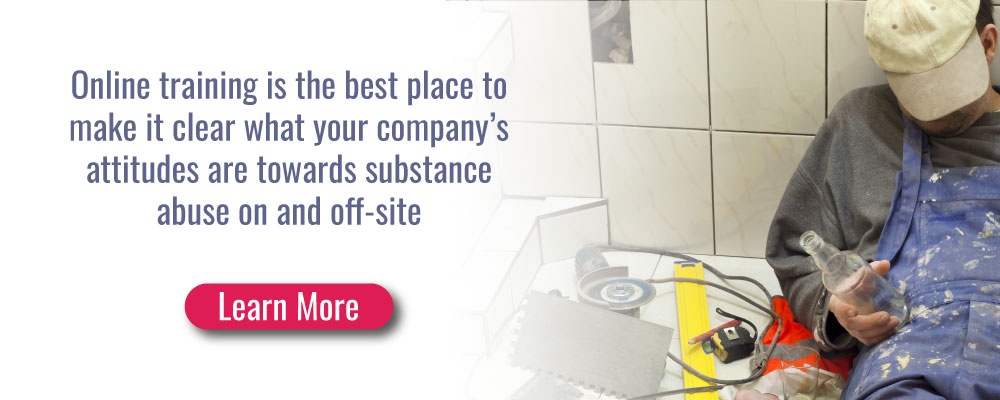 Take a Free Demo
Take a Free DemoSome examples of substance abuse include;
- 1.Drinking alcoholic beverages on site
- 2.Smoking
- 3.The consumption or distribution of illegal drugs and other medicinal use
Reported incidents of Substance abuse and Implications.
There are several examples that be sited regarding substance abuse on job sites and the possible outcome of such practices. Smoking a cigar is not allowed on site but is often practiced off site because it does not cause direct impaired judgement. Due to the high levels of intoxication that can result from alcohol consumption, the practice is prohibited on and off sites. All illegal drugs such as cocaine and marijuana which both can be harmful and result in intoxication are band. Some outcome that can result from substance abuse on job sites are:- 1.Injuries
- 2.Death/fatal accidents
- 3.Absenteeism
- 4.Loss of production
Substance abuse awareness and prevention programs
Although it is a major financial strain on the employer to provide a safety program and training, it can be quite effective. This is true for small companies who find it difficult to finance these programs due to the constraints of limited resources. In sensitizing your workforce on best work practices, this can reduce the risk of possible law suits, loss in productivity and other disciplinary procedures. According to OSHA “A comprehensive drug-free workforce approach includes five components:- 1.A policy
- 2.Supervisor training
- 3.Employee education
- 4.Employee assistance
- 5.Drug testing.
Scenarios of what is “OK” and what is “NOT OK” on and off job sites.
Scenario 1: John is a Boil maker on a construction site and on his lunch break John decides to have a turkey ham sandwich pairing that with a refreshing beer. Is this ok or not ok and why? Answer: NOT OK to drink on and off job sites. John needs to ensure that when he returns to work he is 100% sober and capable of doing his job effectively without harming himself and others around him. Scenario 2: Paul is a certified electrician who started smoking off site and half way into smoking his cigar decides to complete smoking that same cigar on site. Is this ok or not ok and why? Answer: NOT OK to smoke on site. Paul needs to ensure that he does not wonder onto the job site with a cigar given the number of hazardous chemicals that can cause a huge fire and caused bodily injury to workers.